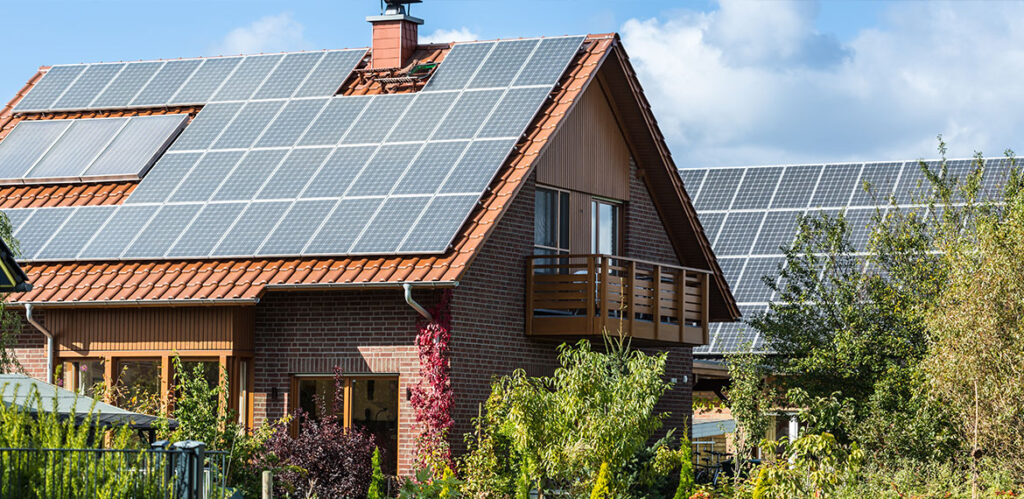The requirements for the mechanical connection and electrical contacting of solar cells to solar modules are very similar to those for contacting in the electronics industry. For this reason, Emil Otto has seen a sharp increase in inquiries from the solar industry in recent months. The focus is on high-performance alternatives to established fluxes that have been in use for years and no longer meet current industry requirements in terms of process efficiency, purchasing costs, reduction of defect rates and minimization of ancillary production costs, such as cleaning cycles. Emil Otto therefore developed its own range of solar fluxes years ago. However, fluxes from electronics manufacturing are also used in solar cell production.
"Well-known international solar cell manufacturers now source their fluxes from us. These are used in the stringer soldering process as well as in the production of classic electronics for solar cells," explains Markus Geßner, Head of Marketing and Sales at Emil Otto GmbH. Emil Otto now offers a whole range of fluxes that have been specially adapted for the solar industry, such as the solar flux EO-S-002. With 2.0 % solids and a very low resin content, the flux is increasingly being used in stringer production. The activator system of the solar flux is basically a composition of organic acids and synthetic resins. This results in adjustment options with regard to the process time, the soldering temperature, the type of metallization, the application technique or the residue behaviour. The EO-S-002 is much cleaner, both during soldering and in terms of residues in the system. The soldering results are also better than with conventionally used fluxes. With EO-S-007, Emil Otto has another flux in its portfolio that is increasingly used in the solar industry, which also has a solids content of 2.0 % but, unlike EO-S-002, is resin-free.
Furthermore, Emil Otto is the only manufacturer in the world to offer fluxes as concentrates, including for the solar industry. As conventional alcohol- or partially alcohol-based fluxes are hazardous goods in terms of transport regulations, requirements must be met that make the product even more expensive, especially due to the more complex transportation. Shipping by air freight is also impossible, as in these cases the fluxes may only be packaged in small containers. This restricts the purchase of large quantities. In order to avoid these problems, Emil Otto has been developing flux concentrates based on granules, which are not dangerous goods, for some time. By optimizing transport, the flux concentrates can be transported over long distances at a very attractive price, as freight forwarders charge much lower costs for non-hazardous goods. Mixing the flux on site is very simple. Each product comes with the necessary information on which liquid must be added to the concentrate and in what dosage.
Another growing trend is the use of partially water-based or water-based fluxes. There are also price-related reasons for this, as water reduces direct product costs compared to isopropanol and purely water-based fluxes are therefore stable in price. Especially during the coronavirus crisis, when the price of isopropanol rose sharply, many companies switched to water-based alternatives, which achieved equally good soldering results. What's more, water-based fluxes reduce consumption, are non-flammable and are therefore not subject to hazardous goods regulations. "For example, the flux EO-G-003 is used in the production of inverters for solar modules and has passed various tests with very good results that exceeded the condensation test in the automotive industry," explains Geßner. "However, alcohol-based fluxes from the highly successful GSP series are also used in the manufacture of inverters. This means that very good soldering results can be achieved with the

